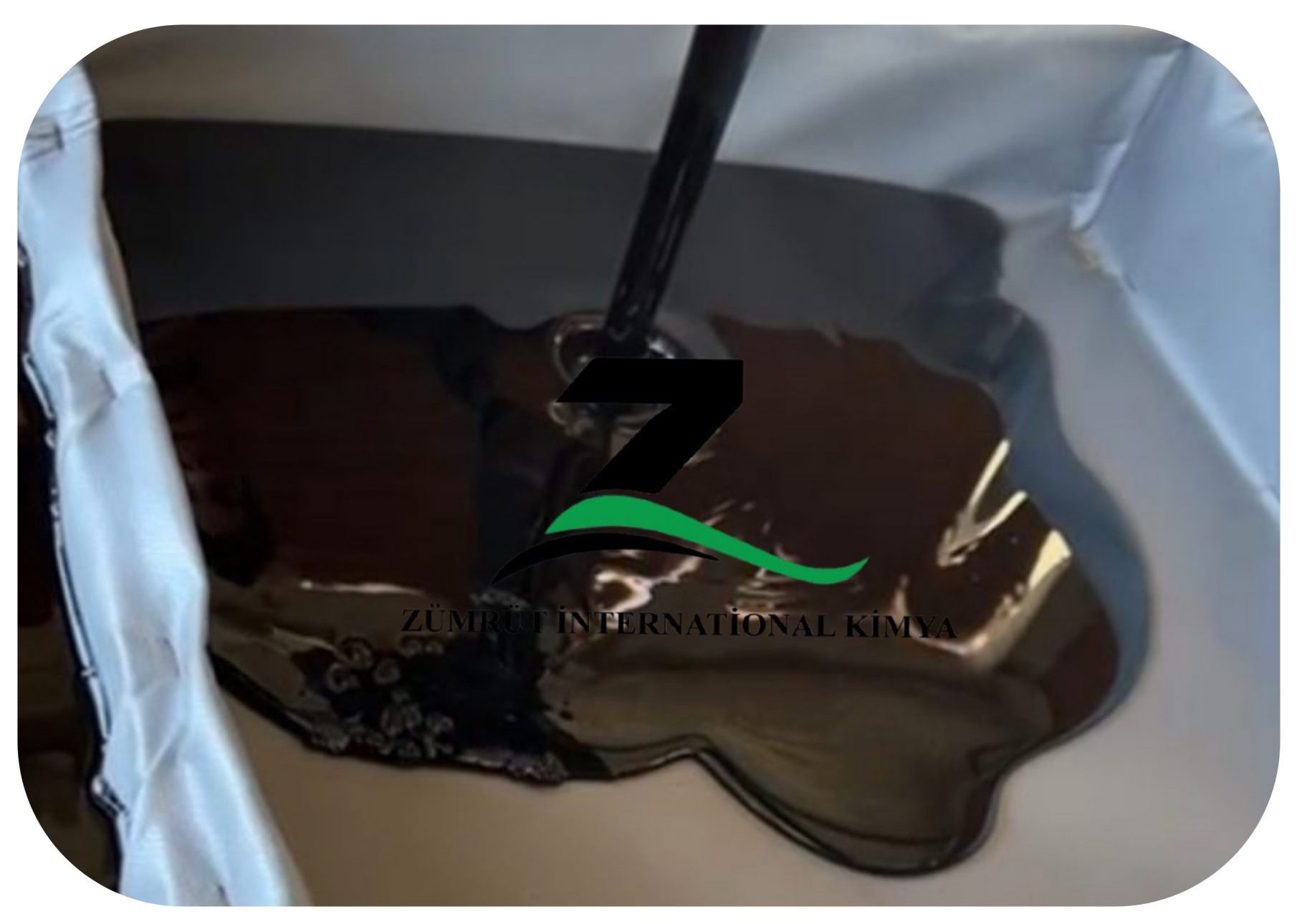
Description
Oxidized bitumen, or blown bitumen, is produced through a controlled oxidation process in which air is blown through hot bitumen under predetermined conditions. The process changes certain physical and chemical properties of bitumen, turning it harder, elastic, and useful for specialized applications. An overview of the production process is as follows:
Material Selection Guide
The selection of raw materials is one of the basic and very crucial steps in the production of oxidized bitumen. The selection process starts with the identification of a suitable grade of raw bitumen, which is usually a residue from the fractional distillation of crude oil at refineries.
The selected bitumen should have particular characteristics, such as viscosity, penetration, and chemical composition, to make it react properly in the oxidation process. These are aspects that concern the quality and performance that the final product will have. Hardness, elasticity, thermal resistance, among other features depend on the quality of the chosen raw material.
A careful assessment of the raw bitumen is thus quite necessary. It is only through careful selection that manufacturers can realize desired performance levels at end-use applications and ensure that the oxidized bitumen meets the diverse and demanding requirements of the industries it serves.
Heating of Bitumen
The heating process plays a crucial role in the production of oxidized (blown) bitumen. Raw bitumen must first be heated to a molten state—typically between 240°C and 320°C—to prepare it for the air-blowing (oxidation) phase. This is usually done in specialized furnaces or reactors, depending on the specifications of the desired final product.
Raising the temperature reduces the bitumen’s viscosity, allowing it to flow more easily and ensuring uniform exposure to air during oxidation. However, careful temperature control is essential; excessive heat can cause thermal degradation, which negatively affects the stability, consistency, and performance of the finished bitumen.
Air Blowing Process
The process involves blowing air from an air blower to a reactor at a flow rate of 85-140 m3/min, with a temperature range of 215-260 °C. The reactor uses baffles or agitation systems to mix bitumen with air. The process stiffens bitumen, causing changes in its softening point, penetration value, and viscosity.
High temperature causes heat production, so the reactor should be covered with a water jacket or a water spray facility. Off-gas, containing oxygen, can explode if not controlled.
Control of Reaction Parameters
Control of the reaction parameters is one very important step in the process of oxidizing bitumen to come up with a material whose properties are consistent with those desired. Key parameters, including air flow rate, reaction temperature, and the time taken in the reaction course, are stringently watched and controlled. Typically, air is blown into the heated bitumen at controlled rates to allow oxygen to react with hydrocarbon atoms; this reaction changes the molecular structure of bitumen.
Temperature is kept between 240°C and 320°C to ensure that there is enough oxidation without overheating. Modifications of these parameters will allow the design of the bitumen characteristics, which can be from hardness and softening point to elasticity. This processing step is important for product quality achievement with specific application requirements.
Cooling and Storage
Cooling and Storage is the last stage of the oxidized bitumen production process, during which the processed bitumen is brought down to a temperature at which it can be handled easily and prepared for storage or packaging. Once the oxidation reaction is finished, the hot bitumen is cooled slowly to avoid thermal shock in order to keep its enhanced properties.
It is usually done by circulating water or air around the product in especially designed cooling systems. In this condition, the bitumen will be moved either to storage tanks or to molds, where it will be cooled and solidified. Oxidized bitumen could be packed in drums, moved in bulk, or even block-shaped, depending on different requirements at its end-use, hence ready to be delivered to the industries.
Quality Control
The final product is put through intense testing to ensure that the industry standards and specifications required are met, including, among others, penetration grade, softening point, and viscosity.
Conclusion of Production Process of Oxidized Bitumen
It is in this regard that the production process of oxidized bitumen transforms raw bitumen into a flexible and durable material suitable for these industrial uses.
With proper control of the oxidation process, it is possible to obtain bitumen with a greater degree of hardness, elasticity, and thermal stability, finding an ideal application in waterproofing, roofing, and coating pipes, among others.
This flexible and highly effective method of production assures consistent high-quality production to meet the increasing demand for reliable materials in the construction and manufacturing industries. Besides, the process allows tailoring specific properties, which makes it indispensable for solving diverse tasks of various industries.

